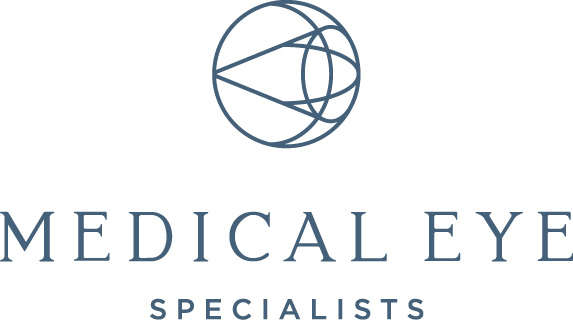20/20 Vision: One Part of Your Visual Acuity and Eye Health
People talk about 20/20 vision all the time, but what does that really mean?
Essentially, 20/20 vision is a measurement of acuity, or sharpness, of vision at a distance (not close up). It’s what the average person can see clearly while looking at something from 20 feet away.
Eye doctors measure visual acuity using black letters on eye charts, which display the letters progressively smaller (instead of having you back away from the charts). But you can also think of 20/20 vision as the clarity of detail with which most people can see any object from a distance of 20 feet.
If you have 20/40 vision, this means that you can see clearly at 20 feet what an average person can see clearly from 40 feet away. The larger the second number gets, the lower your visual acuity and the higher your degree of nearsightedness.
But 20/20 is not perfect vision, either. Some people have better than 20/20 vision. Occasionally, we see people with 20/10 vision, which means they can see clearly at 20 feet what the typical person can distinguish from 10 feet away.
The 20/20 measurement system was developed in the 1800s by a Dutch ophthalmologist named Herman Snellen. Those eye charts we mentioned earlier? They’re called Snellen charts.
20/20 Vision and Farsightedness
The 20/20 system measures nearsightedness (myopia), which usually means that though you can clearly see things close to you, your distance vision is blurry. Farsightedness—which means you can see things in the distance clearly but objects up close are blurry—may yield 20/20 vision on the Snellen charts, but may still be blurry depending on the degree of farsightedness.
To measure the degree of farsightedness as well as determine the best correction for any nearsightedness and astigmatism, eye doctors use an instrument called a phoropter. That’s the black-and-silver armature with all the lenses we place in front of your face during an eye exam. We repeatedly ask you to tell us which lens is clearer—choice one or two—until we dial in the best correction for your unique vision problems.
20/20 Vision and Your Prescription
After measuring your nearsightedness and farsightedness as accurately as possible (in addition to any astigmatism, which is an imperfect curvature in your eye’s cornea that causes blurry vision at all distances), we’ll write you an eyeglass prescription.
The goal is to correct your distance vision to as close to 20/20 as possible and sharpen your close-up vision as well. Doing both sometimes requires bifocals or progressive lenses, especially if you are over the age of 40.
Both your distance and near vision measurements are reflected on your prescription. First, OD means your right eye and OS means your left eye. It’s possible to have different levels of nearsightedness, farsightedness and astigmatism in each eye.
The “Sphere” measurement on your prescription indicates the amount of lens power, measured in diopters, that’s needed to correct your nearsightedness and/or farsightedness. If your sphere measurement has a minus sign in front of it, that means you’re nearsighted. A plus sign means you’re farsighted.
20/20 Vision and Eye Health
As you can see (pardon the pun), 20/20 vision (or whatever your Snellen fraction happens to be) is just part of your visual capacity. In addition to also measuring your near vision and astigmatism, we look at other essential aspects of your vision during your routine eye exam, such as your ability to focus, coordinate your two eyes, track movement, distinguish color, perceive depth and see on the periphery of your vision.
What’s more, we examine the health of all the parts of your eye during a dilated eye exam. You can have 20/20 vision but still be developing other, more serious problems such as cataracts, glaucoma, diabetic retinopathy and macular degeneration.
20/20 Vision and You
Correcting your distance vision to 20/20 (or as close as possible) is an important goal. It helps keep you safe, active and engaged. Yet it’s just one component of your vision and eye health. We at Medical Eye Specialists look forward to helping you safeguard and correct all aspects of your vision so you can live your life to the fullest.
Comprehensive Eye Care
From routine eye care to medical and surgical eye treatment, our ophthalmologists and optometrists are focused on your vision and the health of your whole eye.




